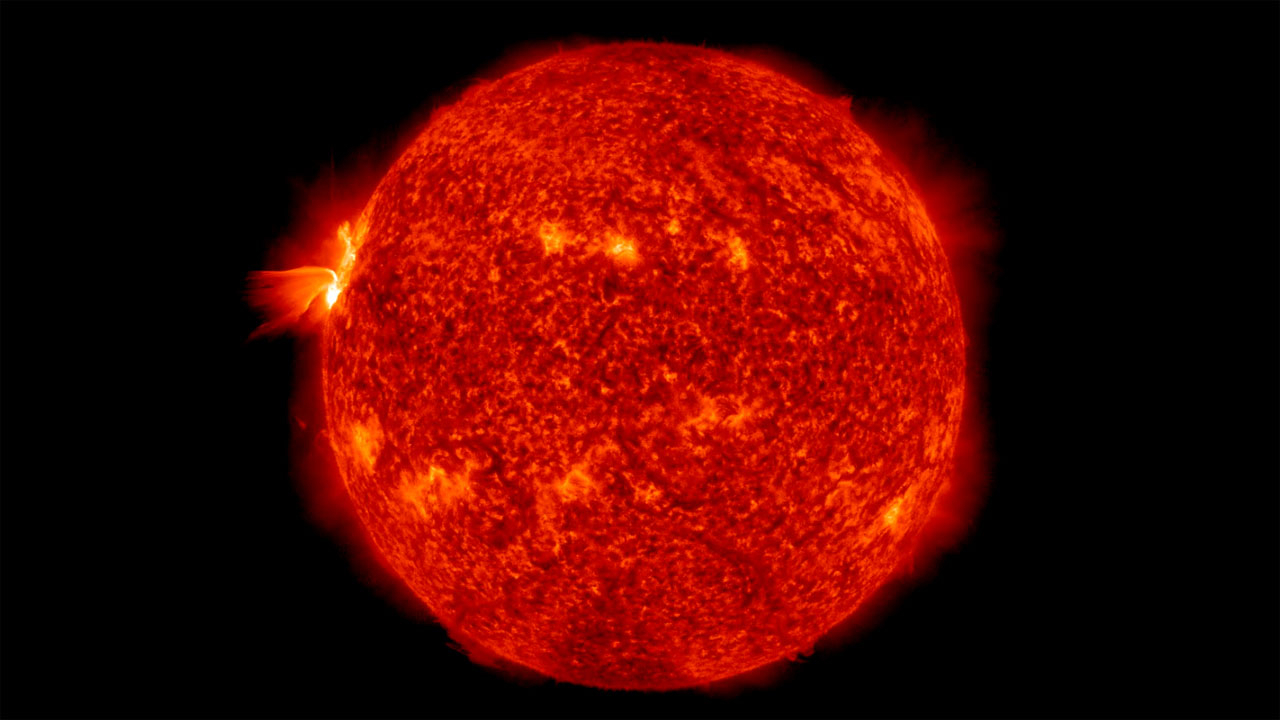
A new agreement between multiple U.S. government agencies aims to improve space weather forecasts and the government's ability to mitigate the effects of solar storms on critical infrastructure.
The Memorandum of Agreement for Space Weather Research-to-Operations-to-Research Collaboration combines the forces of National Oceanic and Atmospheric Administration (NOAA) scientists with other government agency leaders to bring front and center the growing need for advancing space weather forecasts just as much as we have with weather forecasting on Earth.
By executing this, it will encourage agencies such as NASA, the National Science Foundation, (NSF), and the Department of the Air Force (DAF) to now work together to make progress in a way we've never seen before.
"Space weather events have the potential to cause disruptions for us here on Earth and can be dangerous for our spacecraft and astronauts in space," Dr. Nicola Fox, associate administrator of NASA's Science Mission Directorate told Space.com via email.
"Taking a whole-of-government approach to understanding and learning how to better predict space weather through the Memorandum of Agreement for Space Weather will improve life on Earth and is essential to the future of space exploration, especially as space weather events occur more frequently as we head into solar maximum and the peak of solar activity in 2025," Fox continued.
Related: Space weather: What is it and how is it predicted?
Just as our weather forecasts are important here on Earth, in space, it's also critical as cosmic storms can have effects on us as well.
You might not realize it, but a great example of this is when we anxiously wait for opportunities to see the aurora borealis (or northern lights). Forecasts on how intense solar storms could be can give us a heads up of what locations across the U.S. might have the best chance to experience the mesmerizing colorful light show.
But on the flip side, if these storms reach Earth or our upper atmosphere, there can be hazardous impacts to many different types of technological systems including power grids, your GPS-based technologies or the satellites that we rely on daily.
Before this agreement, there has been no formal process between the agencies to allow improvements to be made both to space weather forecasts and warnings. This need was brought to light through the White House Space Weather Operations, Research, and Mitigation Subcommittee (SWORM), helping increase resources and commitment to making important alterations that will advance all aspects of space weather forecasting including day-to-day operations and research.
"Having this interagency agreement will lead to actions to improve space weather forecasts and predictions," Ken Graham, director of NOAA's National Weather Service, said in a statement after signing the agreement. "We have a shared goal and that is to enhance our nation's space weather preparedness and that can only happen through better coordination and expanding on existing efforts to improve space weather observations, research and modeling."

"Strengthening collaborations and coordination across the federal government in transitioning space weather research to operations is critical for minimizing and mitigating the potential consequences of space weather events, and for supporting the growing commercial space enterprise," Stephen Volz, director of NOAA's Satellite and Information Service, said in the same statement.
NASA signed the agreement as well, due in part to the fact that solar weather can have significant impacts on the International Space Station and other operations in Earth orbit.
"Space weather events have the potential to cause disruptions for us here on Earth and can be dangerous for our spacecraft and astronauts in space," Dr. Nicola Fox, associate administrator of NASA's Science Mission Directorate said in a statement given to Space.com via email.
"Taking a whole-of-government approach to understanding and learning how to better predict space weather through the Memorandum of Agreement for Space Weather will improve life on earth and is essential to the future of space exploration, especially as space weather events occur more frequently as we head into solar max and the peak of solar activity in 2025," Fox continued.







